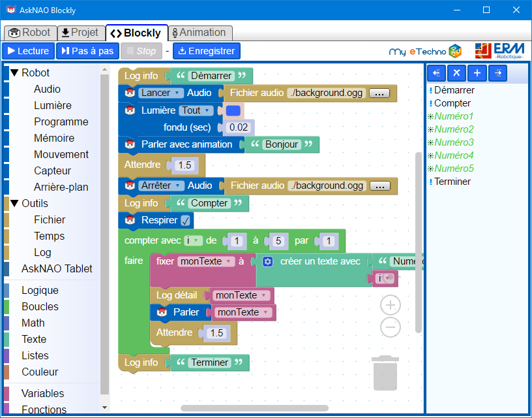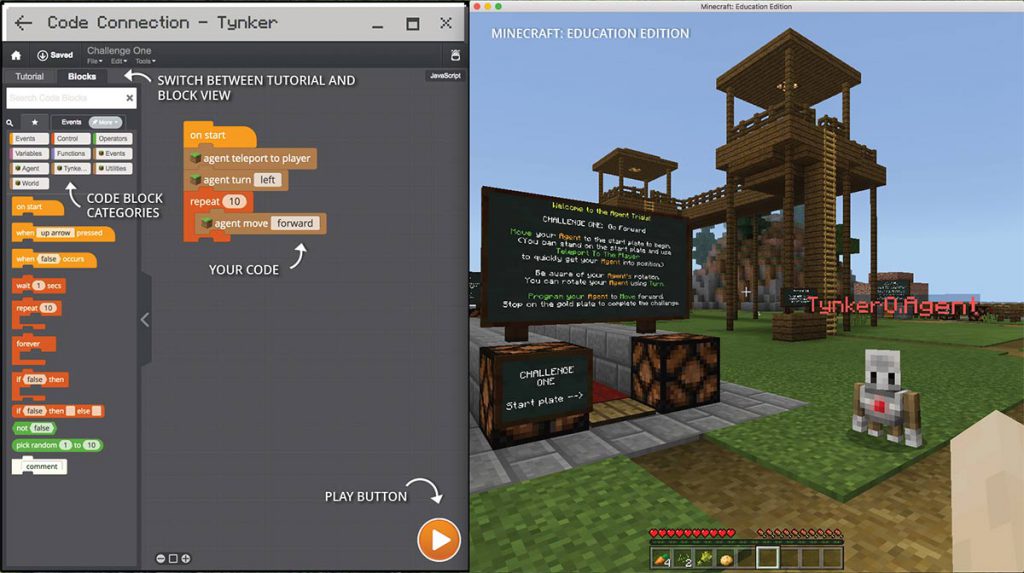A block-based coding is the most fundamental form of drag-and-drop-based computer programming. It teaches young minds through visual blocks to make animations, games, and simulations.
There are many commonly used block-based coding platforms such as Scratch, Code.org, Thunkable, Tynker, and many more. We are going to read about these block-based coding platforms in detail in this blog.
So, let’s get started.
What Is Scratch Programming?
Scratch programming is developed by MIT, it is a free-to-use, block-based programming platform that educates the coding basics in a fun and interactive manner. This programming provides the most essential way to introduce your child to the fundamental concepts of coding.
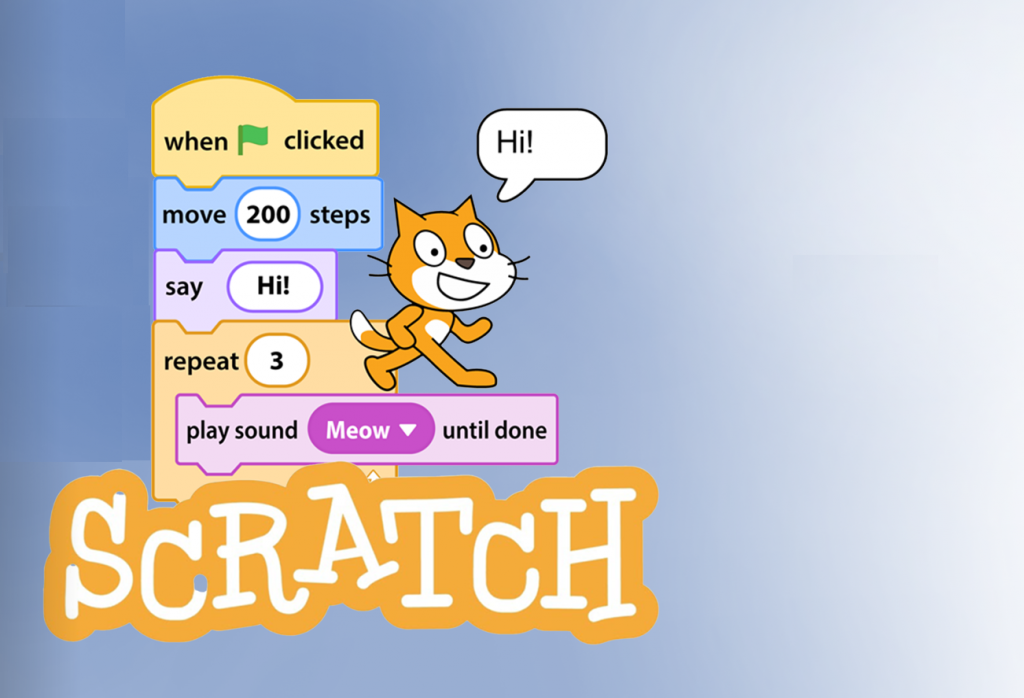
In a scratch programming language, a coordinate graph is used to measure the screen. The value at the middle(origin) is (0,0). The length of the X-axis is -240 to 240. The length of the Y-axis is -180 to 180. Both of these X and Y coordinates are useful to set up a specific place using the motion blocks.
What Are Some Of the Block-based Coding Websites for Kids?
1. Blockly: It is free and open-source software that usually runs in a web browser. It looks very similar to the scratch programming language. The editor of blockly uses interlocking, graphical blocks that are used to represent coding concepts like logical expressions, loops, etc.
2. Tynker: This platform is based on HTML5 and JavaScript. It is an educational programming platform that helps young minds to learn coding skills, game design, animation, and robotics.
3. Code.org: It is a non-profit organization that encourages school students to learn computer science. It is also a good platform for young coders who are just starting out their coding journey. This platform teaches students the logic behind the code and gives them insight into computational thinking. A student can access this platform more dynamically than an academic textbook.
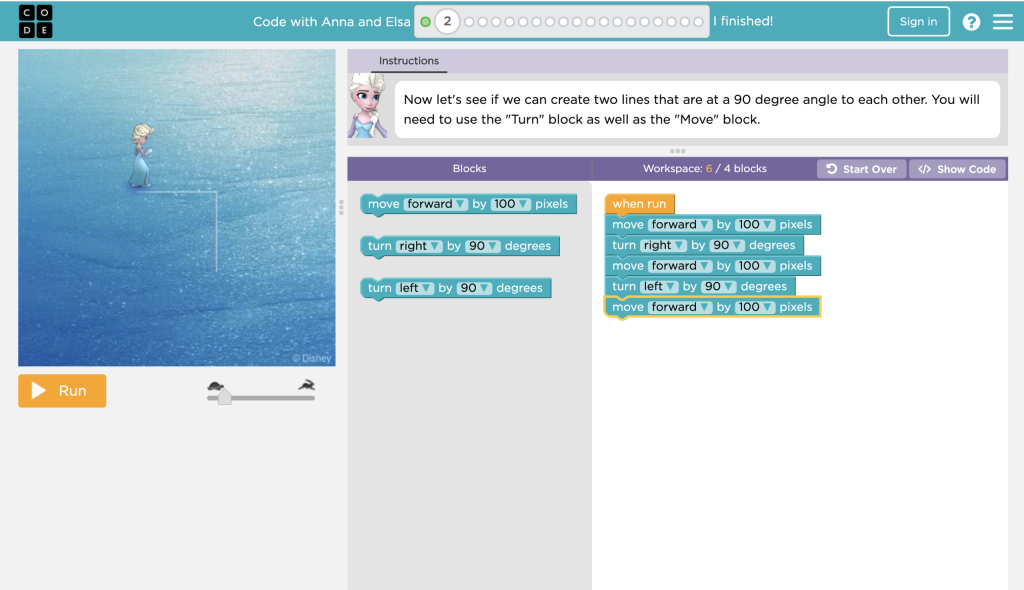
Code.org has a partnership with top brands like Disney that incorporates some of the famous characters that kids love such as Star Wars and Frozen characters are incorporated in-class curriculum to make courses more fun and interactive for young innovators. The most amazing thing of it all is that the students with just one click can change the block coding to Javascript with ease.
4. Thunkable: It is a no-code platform that enables students to build native mobile apps. It has a drag-and-drop interface that allows young innovators to bring their innovative ideas to life. It lets young coders create powerful apps that they can publish directly to any of the app marketplaces.
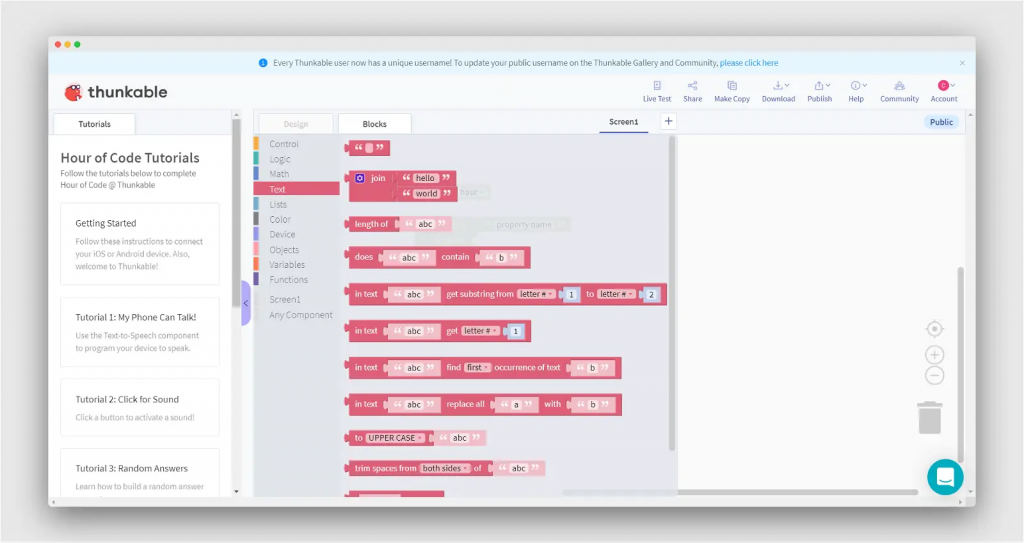
What Are The Benefits Offered By Block-based Coding for Kids?
1. Easy To Learn Block-based Coding
Unlike high-level programming languages of Java, Python, C, C++, etc. block-based coding eliminates the need to remember the syntax due to its drag-and-drop functionality. These block coding platforms enable young coders to explore the exciting world of coding.
2. Enhance Their Visualization Capabilities
Block coding platforms like Scratch teaches students how to visualize the code as a whole through interactive blocks. The students join together various blocks of code to build real-world projects.
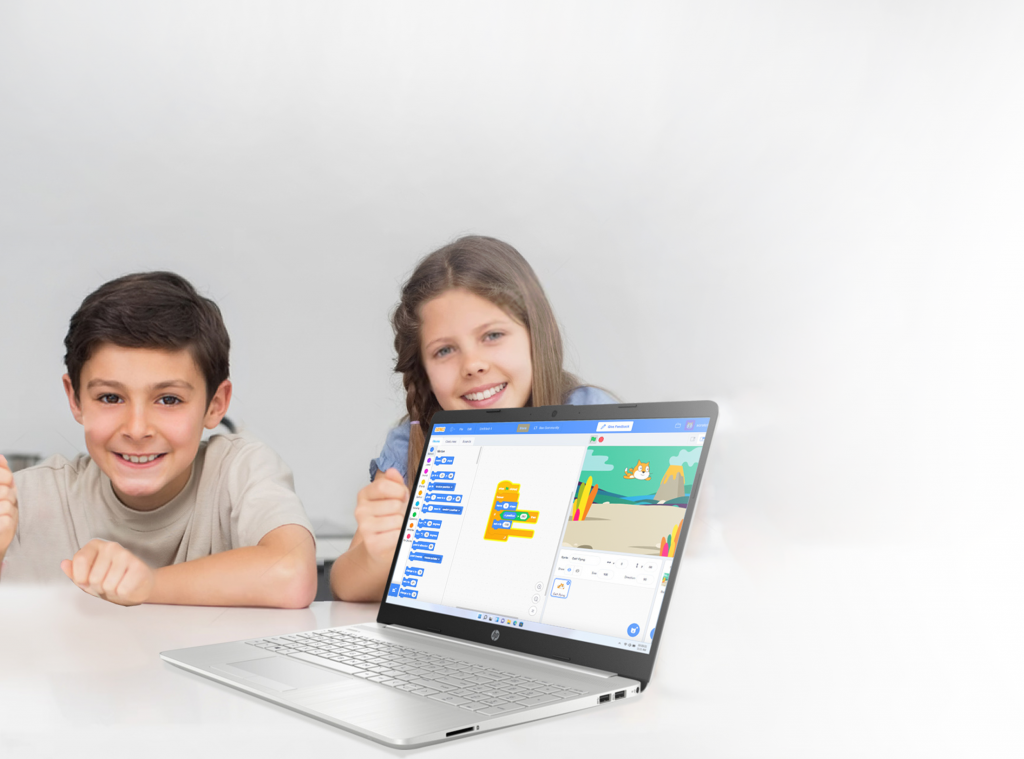
3. Logic Building
Scratch- a block-based coding platform that makes students understand the logic behind the code. The code logic is a very important aspect that makes students understand what kind of action does a particular piece of code will perform.
4. Introduce Kids To The Fun-side Of Coding
Learning block-based coding through scratch 2.0 or scratch 3.0 provides an interactive way for kids to code using blocks. They can make a smooth transition to a high-level programming language like Java, Python, and C++.
Summing Up!
Block-based coding is the perfect way to spark interest in a young innovator. We have also talked about various block-based coding platforms and the advantages it offers to young coders.
 3401
3401

